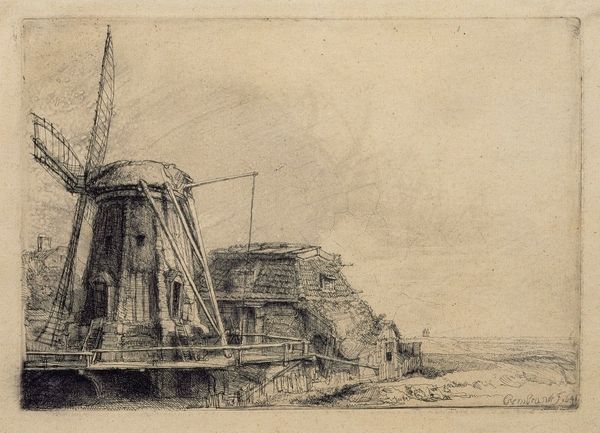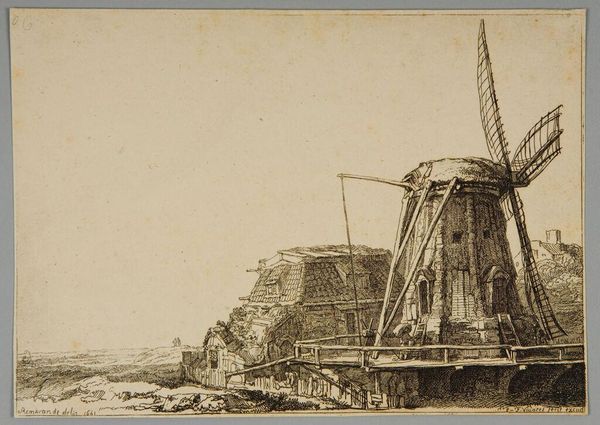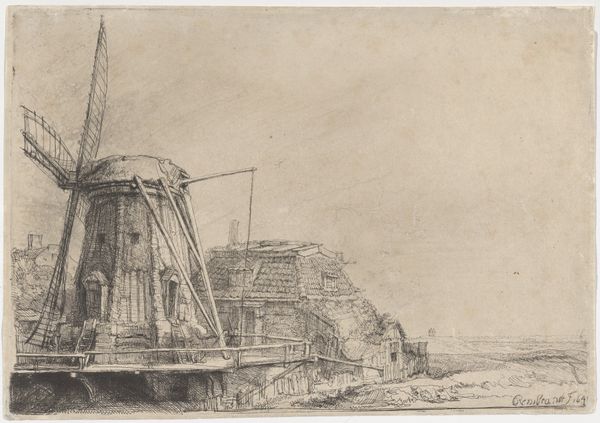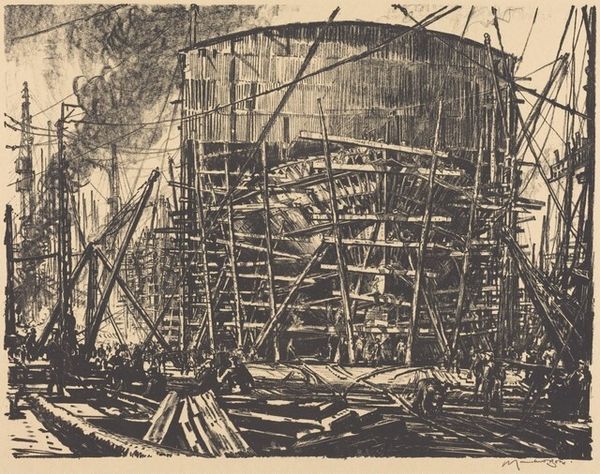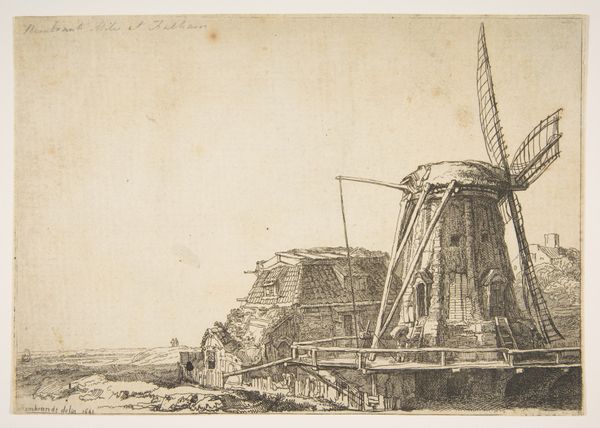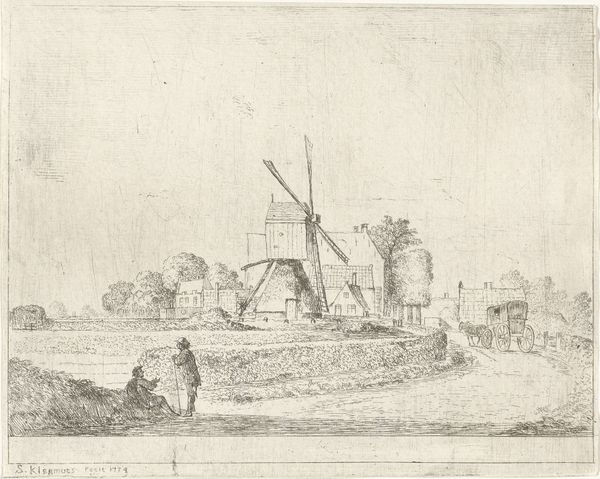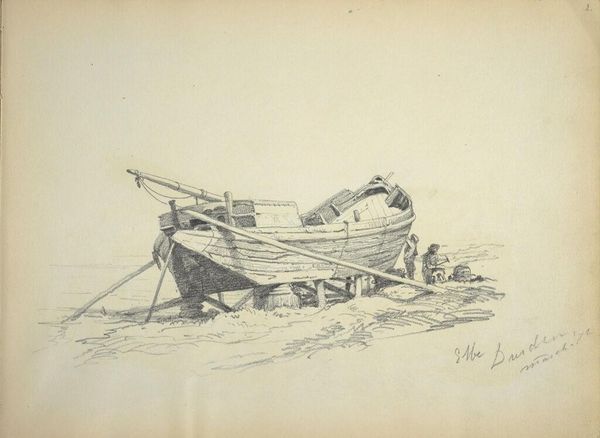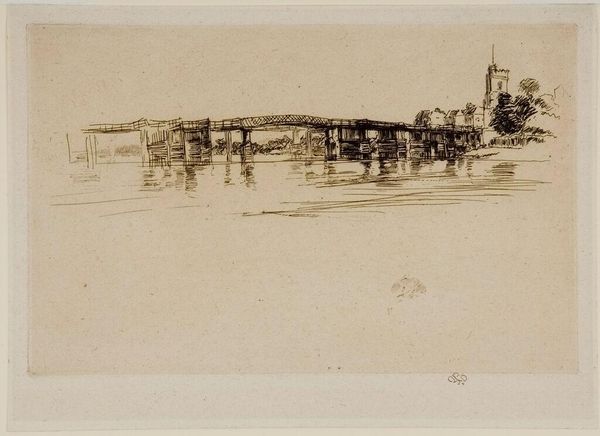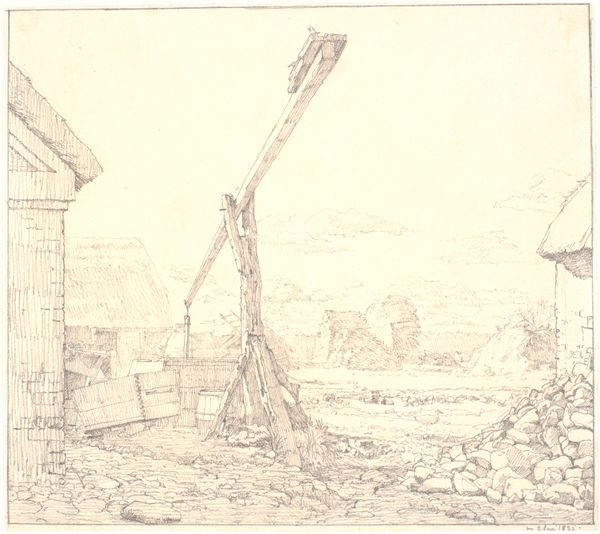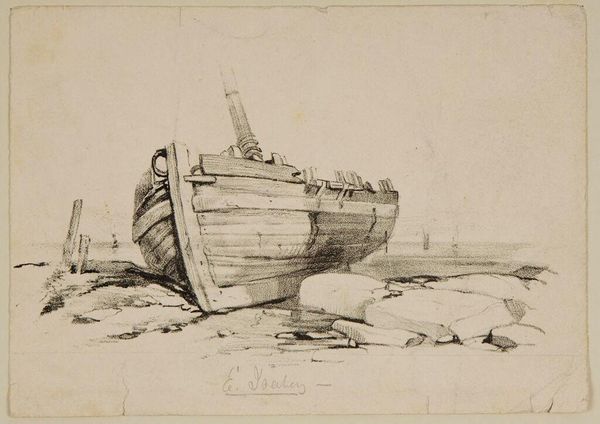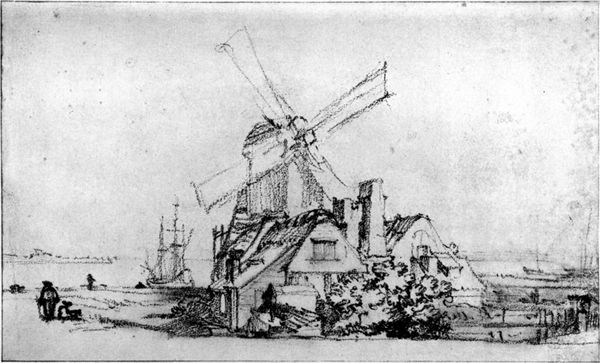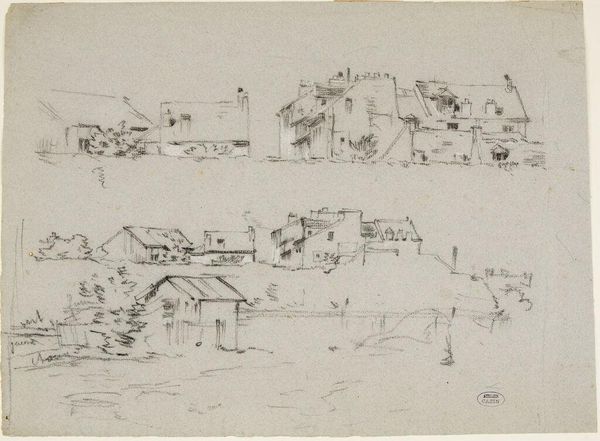
Dimensions: cut to plate: 14.4 x 20.7 cm (5 11/16 x 8 1/8 in.)
Copyright: CC0 1.0
Editor: Here we have Rembrandt van Rijn's etching, "The Windmill," from around 1641. It’s incredibly detailed despite its small size. How do you see this piece reflecting its time? Curator: Windmills in 17th-century Netherlands were not just picturesque; they were symbols of prosperity and Dutch ingenuity. Rembrandt, however, often subtly critiqued societal norms. Notice how the windmill, while prominent, seems somewhat weathered and isolated. Does that strike you as purely celebratory? Editor: Not really, it feels like it could also be about the changing times, the challenges to that prosperity. Curator: Precisely. The etching technique itself—the controlled chaos of the lines— mirrors the complex relationship the Dutch had with their landscape and their economic power. It’s both celebration and perhaps a warning.
Comments
No comments
Be the first to comment and join the conversation on the ultimate creative platform.
